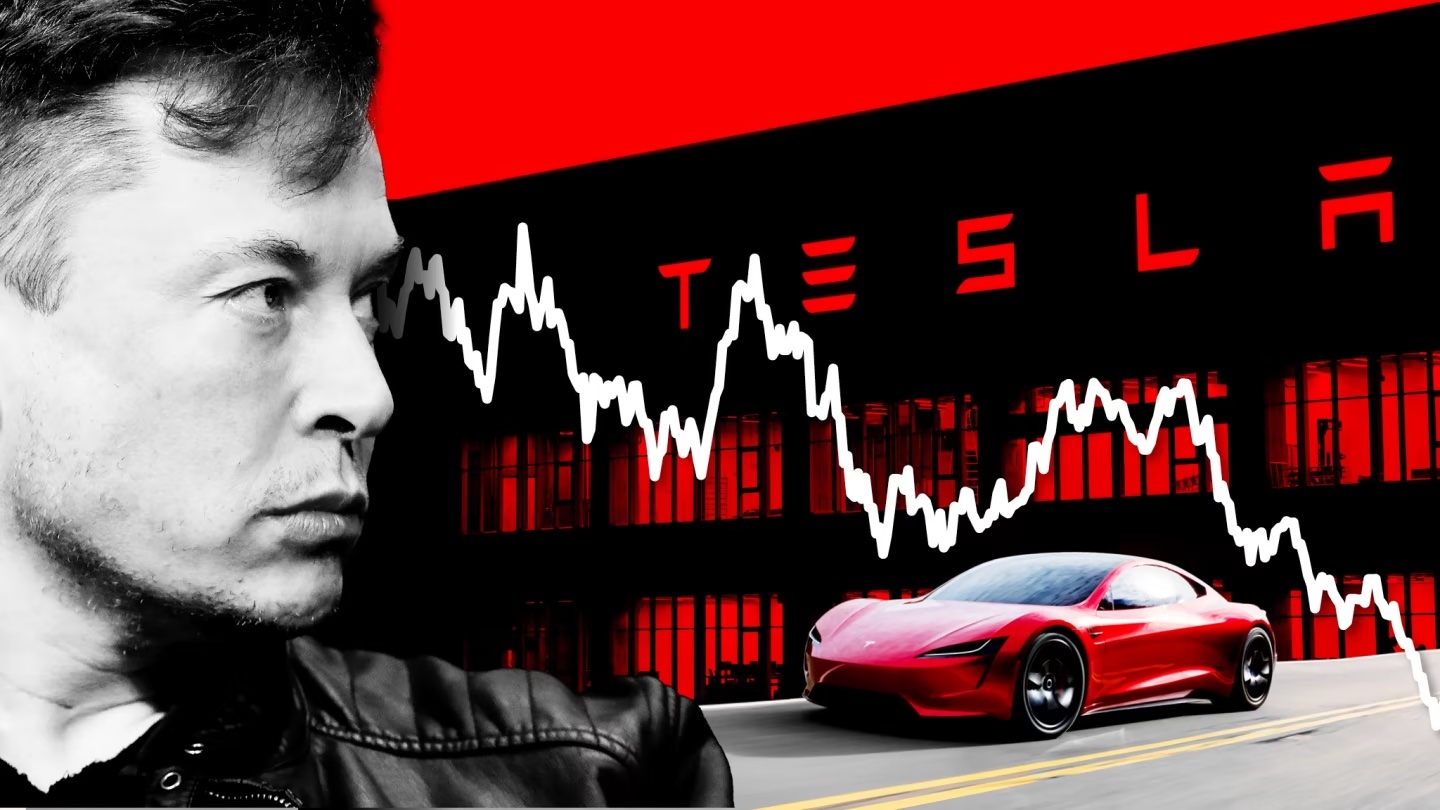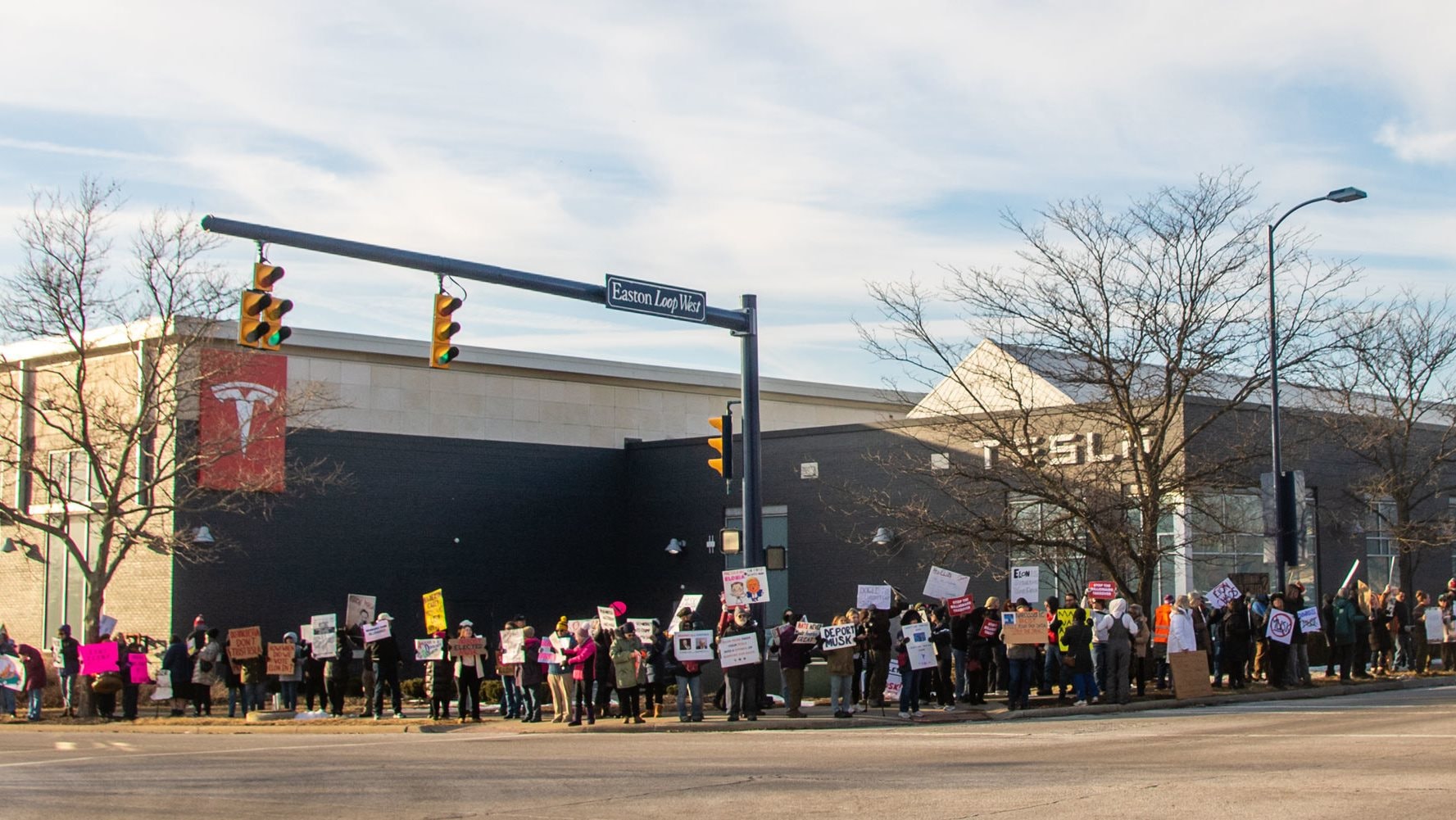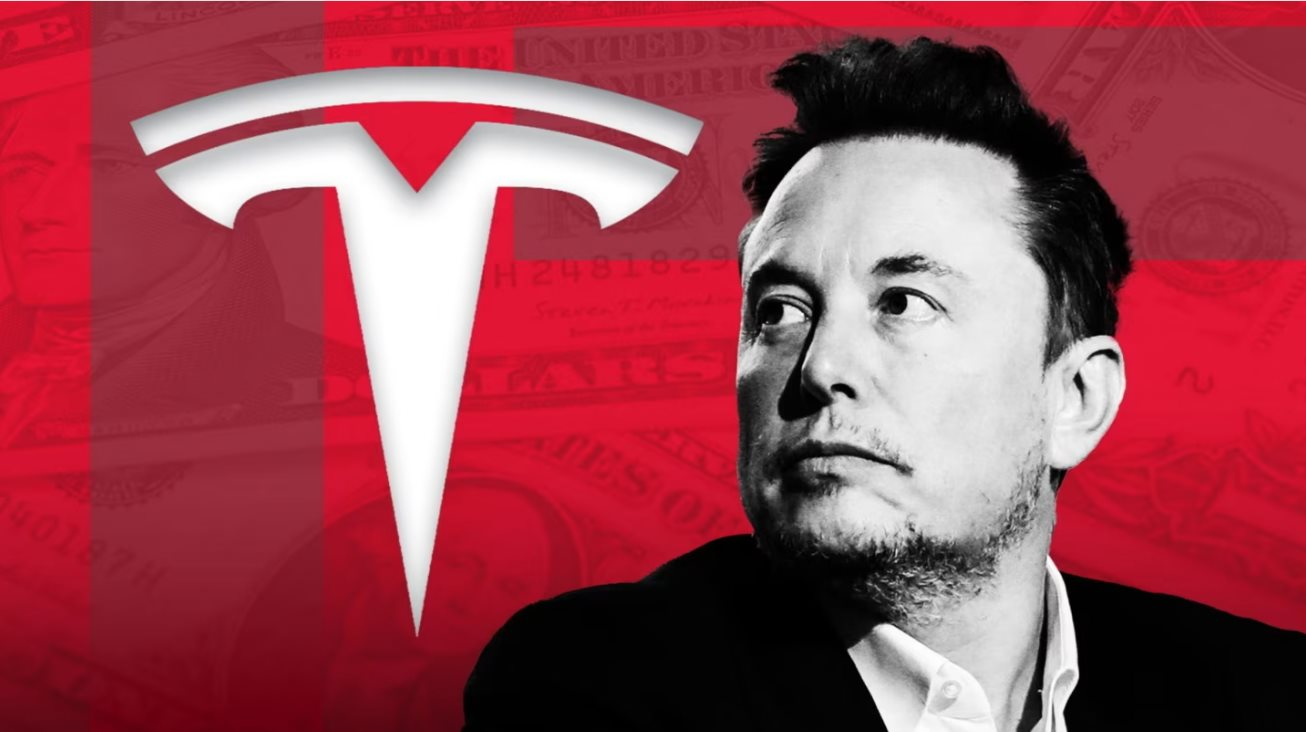
Tesla, once the shining symbol of innovation and dominance in the electric vehicle market, is facing an unprecedented crisis. Under the leadership of Elon Musk, the $800 billion company is now battling a wave of public backlash, mass protests at showrooms, and even acts of vandalism targeting its infrastructure.
With calls to boycott Tesla cars and a massive sell-off of its stock, the company’s future is looking increasingly uncertain.
In recent weeks, Tesla showrooms worldwide have become the epicenter of growing discontent. Hundreds of protestors have gathered outside key locations, chanting slogans and calling for boycotts.
The demonstrations, which started as localized discontent, have quickly spread across multiple cities, with protestors accusing Tesla and Musk of various grievances—including controversial business decisions, labor disputes, and even political and social concerns linked to Musk’s public statements.
Reports indicate that some protestors are former Tesla customers frustrated with issues ranging from software glitches to sudden price changes that have devalued their cars overnight.
Others are environmental activists who claim Tesla is no longer living up to its green energy promises, citing concerns over supply chain ethics and battery production practices.

With each passing day, the protests are gaining momentum, forcing Tesla to increase security at its showrooms and service centers.
Beyond the protests, a more alarming trend has emerged—acts of sabotage targeting Tesla’s infrastructure. Several Tesla Supercharger stations have reportedly been set on fire or vandalized, leading to disruptions for EV owners who rely on these charging networks.
While authorities have yet to identify the individuals responsible, the incidents have fueled speculation that a growing anti-Tesla sentiment is turning into direct action. This raises concerns not just for Tesla’s customers, but for the broader EV industry, as the attacks highlight potential vulnerabilities in the electric vehicle ecosystem.
As public outrage intensifies, Tesla’s stock is taking a severe hit. Social media platforms are flooded with calls to “sell Tesla” and “dump shares,” sparking one of the largest waves of stock sell-offs in the company’s history.

Investor confidence has been shaken as Tesla’s valuation, once soaring above $1 trillion, now teeters amid uncertainty. Critics argue that Musk’s leadership style, unpredictable decision-making, and divisive public persona have directly contributed to the company’s woes.
Some institutional investors are even pressuring Tesla’s board to rein in Musk’s influence or consider leadership changes to stabilize the brand.
Financial analysts warn that if the sell-off trend continues, Tesla could face a sharp decline in market capitalization, potentially jeopardizing its long-term growth and expansion plans.
At the heart of Tesla’s crisis is Elon Musk himself. Once hailed as a genius entrepreneur, Musk’s recent actions and statements have alienated many investors, customers, and employees.
From controversial remarks on social media to his aggressive cost-cutting strategies at Tesla, Musk’s leadership style has become increasingly polarizing.
Some argue that his relentless focus on AI, space exploration, and his newly acquired interests—such as X (formerly Twitter)—have diverted his attention away from Tesla, leading to growing instability within the company.

While Musk’s supporters see him as a visionary who will steer Tesla through turbulent times, his critics believe that his erratic behavior is doing more harm than good.
Calls for a change in leadership are growing, with some suggesting that Tesla would benefit from a CEO with a more traditional approach to corporate governance.
Despite the mounting challenges, Tesla is not without its strengths. The company still leads the global EV market, has an extensive Supercharger network, and possesses cutting-edge technology that competitors struggle to match. However, to regain stability, Tesla will need to address several key issues:
Restoring Customer Confidence – Resolving pricing inconsistencies, software complaints, and service-related frustrations will be critical to keeping its loyal customers engaged.
Rebuilding Public Image – The company must address the growing anti-Tesla sentiment and find ways to reposition itself as a trusted brand in the EV industry.
Stock Market Strategy – Investor relations must be prioritized to prevent further damage to Tesla’s market valuation.

Leadership Adjustments – Whether through internal restructuring or Musk taking a more background role, Tesla’s leadership must demonstrate stability.
The coming months will be crucial in determining whether Tesla can weather this storm or if it will continue its downward spiral. What was once the most dominant EV brand in the world is now facing one of the biggest crises in its history.
One thing is certain—Tesla’s future hangs in the balance, and how it responds to these challenges will shape the trajectory of the company for years to come.



